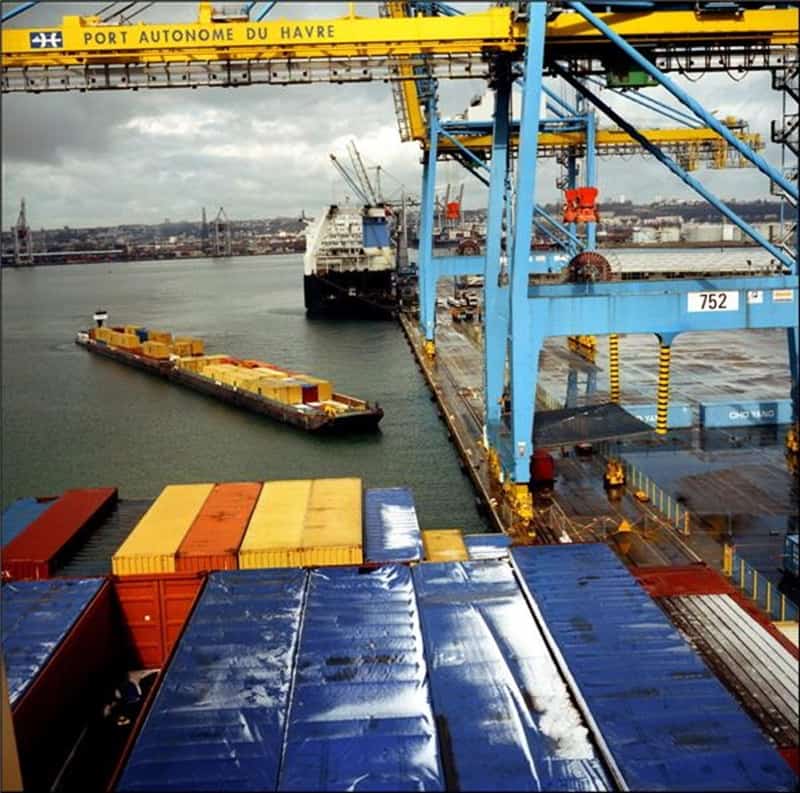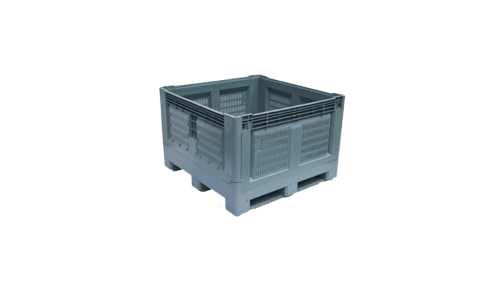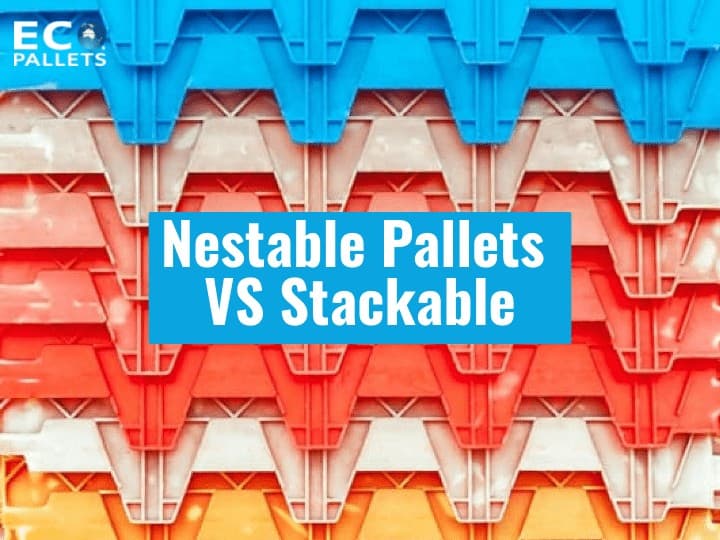Water. While it's an essential component of life, it's nothing but a headache for the transportation and shipment of goods and materials. Excess water present during shipping can cause irreparable damage to products during transportation, costing businesses money.
Removing this water will help ensure more goods arrive at their final destination in perfect condition. However, eliminating moisture entirely is almost impossible in the real world of transport and logistics, so choosing the right materials can spell the difference between a shipment arriving at a destination intact or spoiled, says the Institute of International Marine Surveying.


How can moisture form inside a shipping container?
Asides from breakages, breaches or flooding of containers, there isn't much opportunity for water to enter externally. Rather, changes in environmental conditions during transportation can force moisture out of materials, which then increases the humidity of the container.
If humidity reaches a certain point, or the temperature of the environment shifts significantly, condensation can form on the walls and ceilings of containers and the surfaces of the products contained within.
Once condensation occurs, water damage begins slowly but surely, compromising the integrity of the valuable cargo contained within. Even if the contents of a container are "dry" at the onset of the voyage, passing through different climates (such as the tropics), may force water out if the interior environment of the container is not strictly controlled.
Controlling moisture
There are many ways to prevent excess moisture making its way to a product during the shipping period. Many containers are temperature-controlled to prevent the fluctuations that can draw out water in the first place. Desiccants can also act to mop up water as it emerges.
If moisture damage is a chief concern, ditch wooden pallets and embrace plastic ones instead.
Alternatively, selecting the right pallet material can go a long way to cutting the amount of water present inside a shipping container. If moisture damage is a chief concern, ditch wooden pallets and embrace plastic ones instead.
As we know, wood contains a certain amount of moisture. "Dry" wood contains less than around 20 per cent moisture depending on the type of wood, according to Virginia Tech. However, if that wood has been allowed to sit in wet conditions and absorb water above this threshold, that water will eventually leave the wood as it dries, which can spell bad news for products in the vicinity.
Plastic pallets, however, do not absorb moisture no matter the environmental conditions. Once a shipping container is sealed, the pallets will not introduce any water into the environment, making it an ideal transportation material for international shipping.
To find out more, get in touch with the team at Eco Pallets today.










Comments are closed.